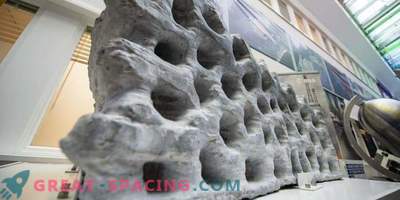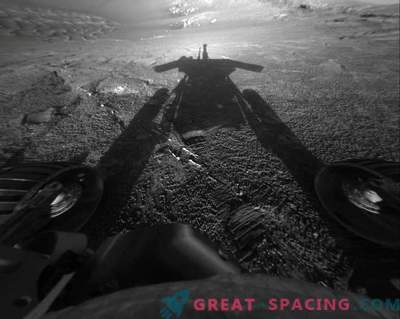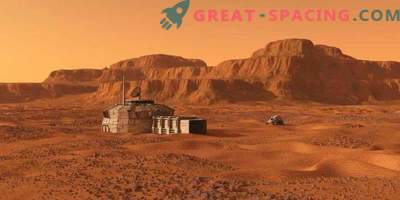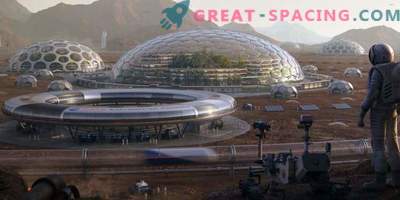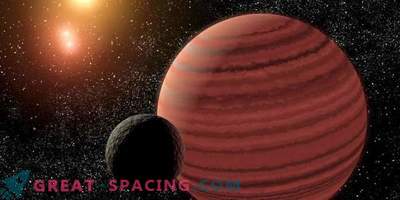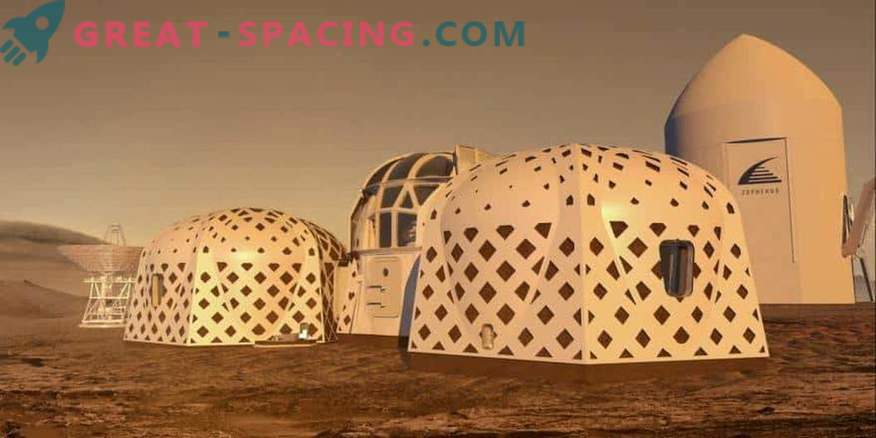
Scientists have long believed that 3D printer technology will be the key to success for future colonization. On Earth, using 3D printing can create whole houses. And what prevents to repeat it on the Moon or Mars, using local materials as building blocks?
NASA believes in the success of 3D printing, therefore, in 2015, the “3D-Printed Habitat Challenge” competition started. Participation took the American team. They needed to develop a habitat concept that could become a comfortable home for the colonists in the future.
March 27, 2019 managed to identify the top three, whose projects seemed the most interesting and doable. These teams fought for victory in the penultimate stage, where it was necessary to visualize the idea.
First place

The SEArch + / Apis Cor team, which managed to surprise engineers with a vertical design, made its way to the top. This is an interesting idea, because if necessary, you can print additional blocks and add them to the structure, expanding it. The team tried to bet on maximum autonomy. In addition, the concept creates the conditions for additional natural light, which saves energy base.
Second place
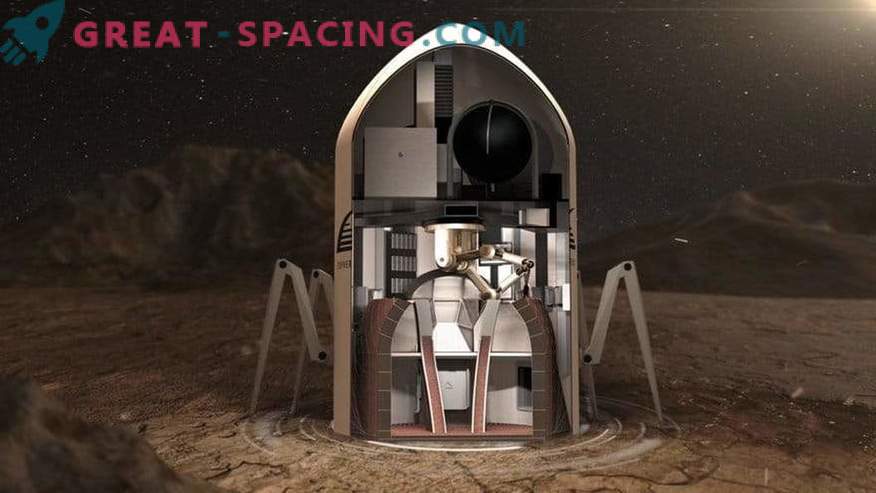
Team Zopherus decided to build on the problem of resources. Deliveries from Earth are expensive and take a lot of time, so the design is fully focused on the materials that you can find in the new world. They also managed to develop a base mix for the foundation, which will strengthen the building. Frame materials will need to be sent from the Earth or printed on the spot.
Third place
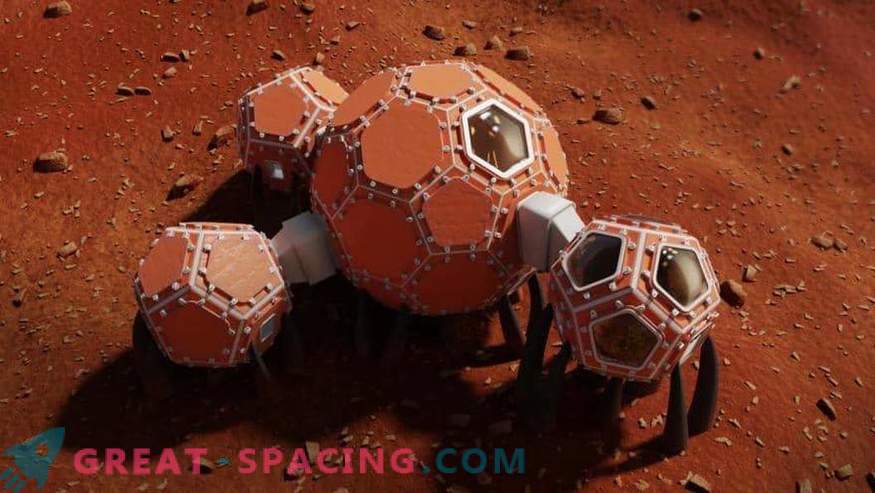
Members of the Mars Incubator team did not disappoint either. The basis of their ideas is also the use of Martian material with the addition of ready-made plastic parts. But the form seems interesting. These are hexagonal plates fastened together. The design represents 4 modules connected by bridges. All necessary details are prepared in advance.
New concepts will be taken into account when developing housing for Martian colonists. May 1-4, 2019, the last stage will take place, where teams must present printed versions of models on a small scale. The finalists have already received $ 100,000, but the first place winner will get $ 800,000.






